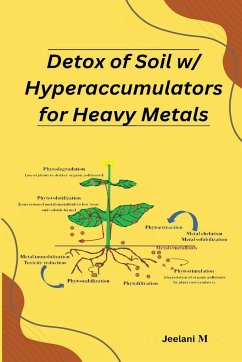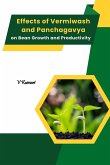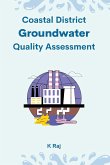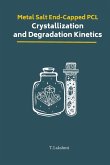Soil contamination is a growing environmental problem worldwide, particularly due to the presence of toxic heavy metals. Heavy metals are commonly used in industrial processes and can accumulate in soil over time, leading to serious health and environmental hazards. Therefore, effective methods for detoxifying contaminated soil are urgently needed. One promising solution is the use of hyperaccumulator plants. These are plant species that have the unique ability to absorb and accumulate high concentrations of heavy metals in their tissues without being adversely affected by their toxicity. Hyperaccumulators have been shown to effectively reduce heavy metal concentrations in soil, making them a potential solution for remediating contaminated sites.Phytoremediation using hyperaccumulator plants offers several advantages over traditional methods of soil remediation. First, it is a natural and environmentally friendly process that does not require the use of harsh chemicals or heavy machinery. This makes it a much more sustainable and cost-effective option for remediating contaminated sites. Phytoremediation using hyperaccumulator plants is a promising method for detoxifying soil contaminated with heavy metals. It is a natural, sustainable, and cost-effective method that does not disturb the soil structure or biodiversity. With further research and development, it has the potential to become a widely adopted method for remediating contaminated sites and protecting the environment.







